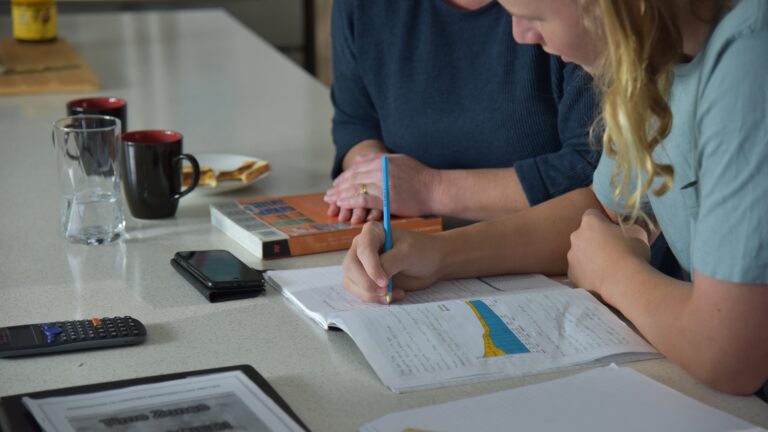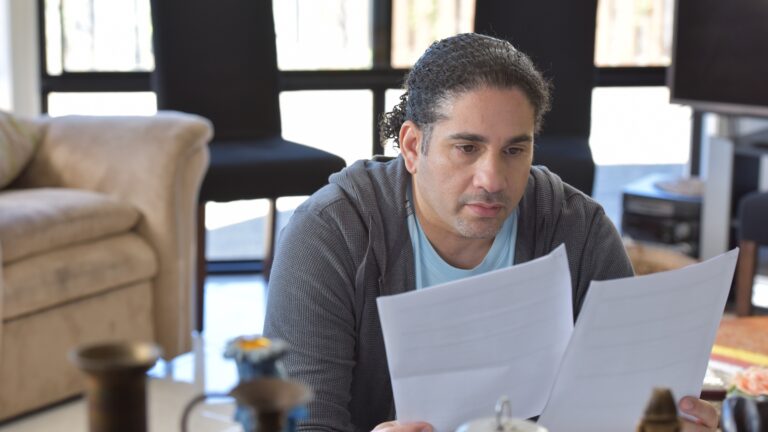Key Points
- Every child has the right to learn in a safe and supportive school.
- Schools set clear expectations for student behaviour.
- Schools teach behaviour, provide feedback to students about their behaviour, and respond in different ways to help students learn.
- Some students need extra support to learn appropriate behaviours.
- Sometimes, a student might do something that causes a principal to suspend or exclude them from school.
- The school’s Student Code of Conduct provides information on behaviour expectations and possible consequences.
Every child and young person deserves a chance to make the most of their time at school. When schools and families work together to teach young people what is expected of them, schools can be a safe and supportive place to learn.
Safe and supportive places to learn
We know that behaviour is learned, so children need parents and schools to help them learn what is expected of them and give them positive feedback when they do the right thing.
How do schools teach students what they expect?
Generally, teachers set age-appropriate behavioural expectations. When necessary, teachers provide feedback to students in a respectful and calm way, and are clear about the behaviours they would like to see. This could include:
- prompting appropriate behaviour (‘Remember, please walk quietly to your seat’)
- using reminders on posters placed around the classroom
- practising whole-class routines together
- correcting behaviour when it happens (‘Please put your hand up if you want to answer a question’)
- giving rule reminders
- changing seating plans
- giving positive feedback when students do the right thing.
What happens when students do something serious?
On rare occasions, a student might do something that causes the principal to decide that a suspension or exclusion is needed.
Suspensions allow time for school staff to review how they can assist a student to engage positively with school. Suspensions can also provide a prompt for parents to talk to the school about how they can work together to provide support to prevent reoccurrence of the child’s behaviour. Students are not permitted to come to school or participate in school events while on suspension.
- Suspension may be applied for up to 20 school days.
- A charge-related suspension may be applied for as long as the student remains on a criminal charge or until the principal makes a decision that the student no longer presents a risk to the safety or wellbeing of others in the school community.
- Exclusion is where a student is asked to leave a school or certain state schools in Queensland for up to one year, or permanently.
- Only a principal can decide to suspend or exclude a student.
What the principal needs to consider
When deciding on a disciplinary response, including as to whether a suspension or exclusion may be necessary, a principal must consider a student’s personal circumstances, including:
- behaviour history
- mental health and wellbeing
- disability
- religious and cultural considerations
- situation at home and/or care arrangements.
Suspension from school
If the principal decides to suspend your child from school, you will be contacted by the school to advise your verbally and then later you will receive a letter from the principal. The letter:
- explains how long your child will be suspended and when they can return to school
- explains why your child is being suspended and provides evidence upon which this decision was made
- gives you the name and number of a school staff member to be your contact.
Exclusion from school
If the principal is considering excluding your child from school (asking them to leave), you will be contacted by the school to discuss the situation and then later receive a letter from the school. The letter:
- states the length of exclusion (up to one year or permanent) that is being considered for your child
- explains why your child is being considered for exclusion and provide evidence upon which this decision is being made
- offers the opportunity to provide the principal with further information you think they should consider. You need to provide this information within 5 school days of receiving the letter.
- gives you the name and number of a regional case manager from the Department of Education to work with you to continue your child’s education while you wait for the principal’s decision.
The principal makes a final decision about exclusion within 20 school days of giving the student and parent the letter.
If your child is excluded
If the principal decides to exclude your child from school, you will receive another letter from the principal outlining the reasons for their decision.
What happens after a student is excluded?
If an exclusion is for up to one year, a student can apply to re-enrol at the same school at the end of the exclusion period. The regional case manager can help parents transition their child to a new school in the interim and answer any questions they may have about their child’s exclusion from school.
What if I don’t think the decision is fair?
If your child’s behaviour results in a consequence you consider to be unfair, or they are subject to a serious disciplinary consequence, you should talk to the school. If you are unhappy with the outcome after you’ve talked to the school, you can discuss it with your local regional office or, in some circumstances, lodge a formal appeal. Where appropriate, the regional office may work with you and the school to review what has happened.
How does an appeal work?
An appeal is when you write to the Department of Education and explain why you think your child should not be suspended (in the case of long suspensions) or excluded from school.
- Appeals against long suspensions (11-20 school days) and charge-related suspensions must be lodged within five school days of being notified in writing of the suspension decision.
- Appeals against exclusions must be lodged within 30 school days of being notified of the decision in writing.
You cannot appeal a 1-10 school day suspension. You can however make a complaint through the Department of Education process, or the Queensland Human Rights Commission if appropriate.
This guide explains how to make an appeal and who can help you through the process.
Schools and parents working together
Everyone benefits when schools and parents work together to support students in learning what is expected of them. Stay in touch with your child’s school and let them know if you have any concerns about your child’s behaviour at home or at school. The school will work with you to support your child’s learning and behavioural needs.
Worked with the school and things are still not working out?
If you have worked closely with your child’s school but have been unable to resolve problems relating to your child’s behaviour, then it is time to contact your local regional office to seek support.
And if your child goes to a non-government school?
Independent and Catholic schools will have their own ways of creating safe and supportive learning environments for their students. Contact your child’s school to find out more.
Find out more
Visit the Queensland Department of Education behaviour website.
Last Updated: 22 February 2024





